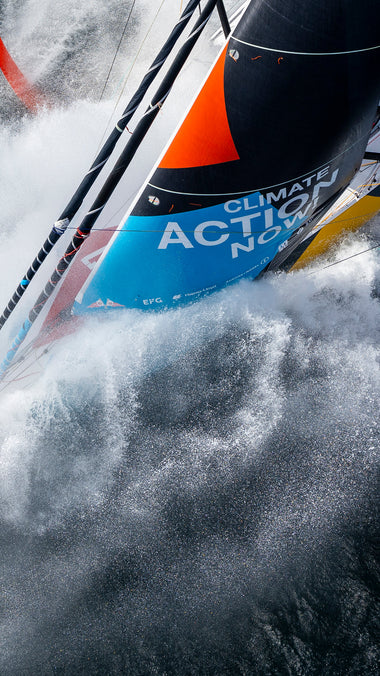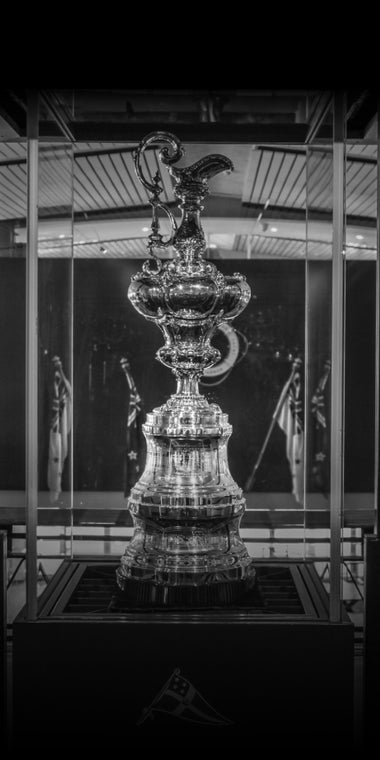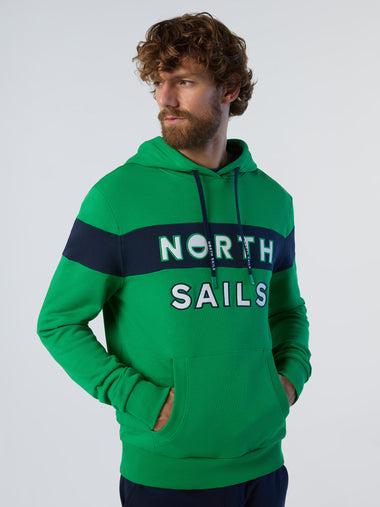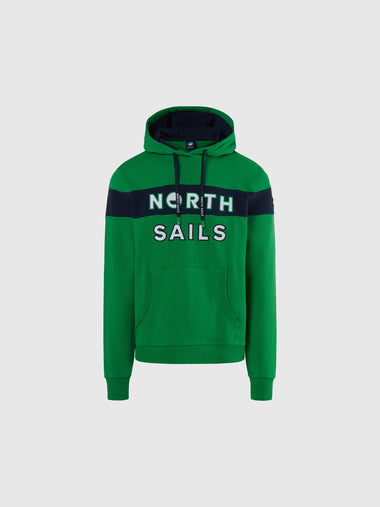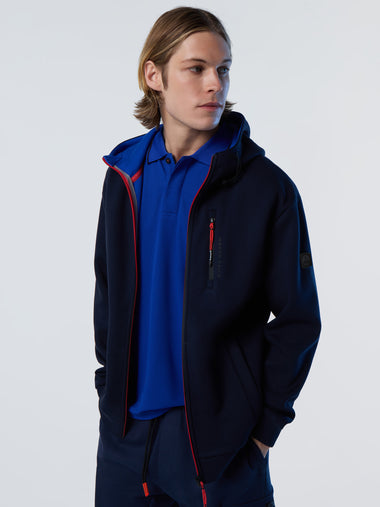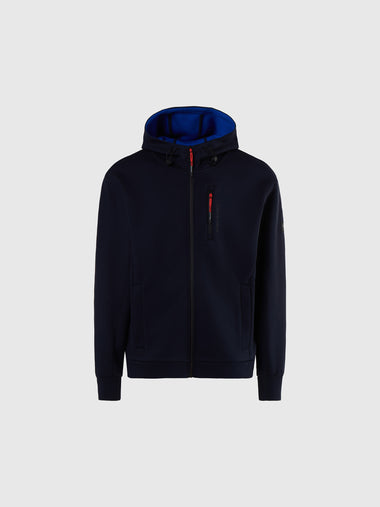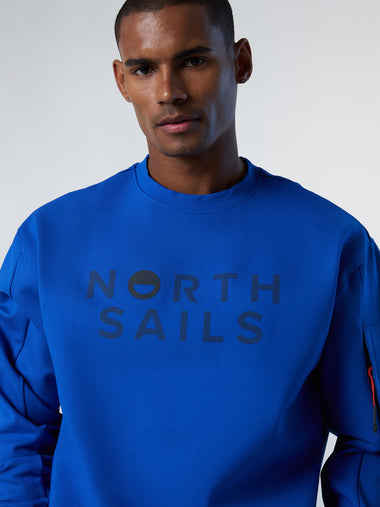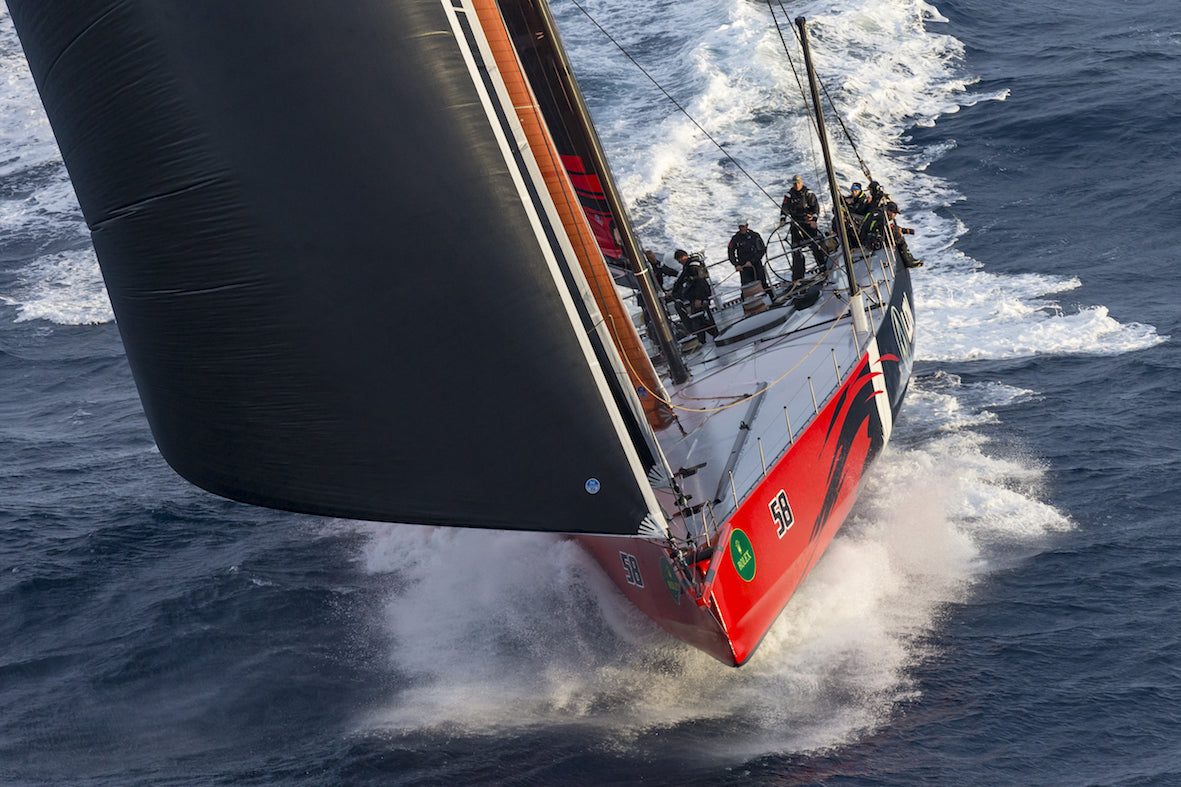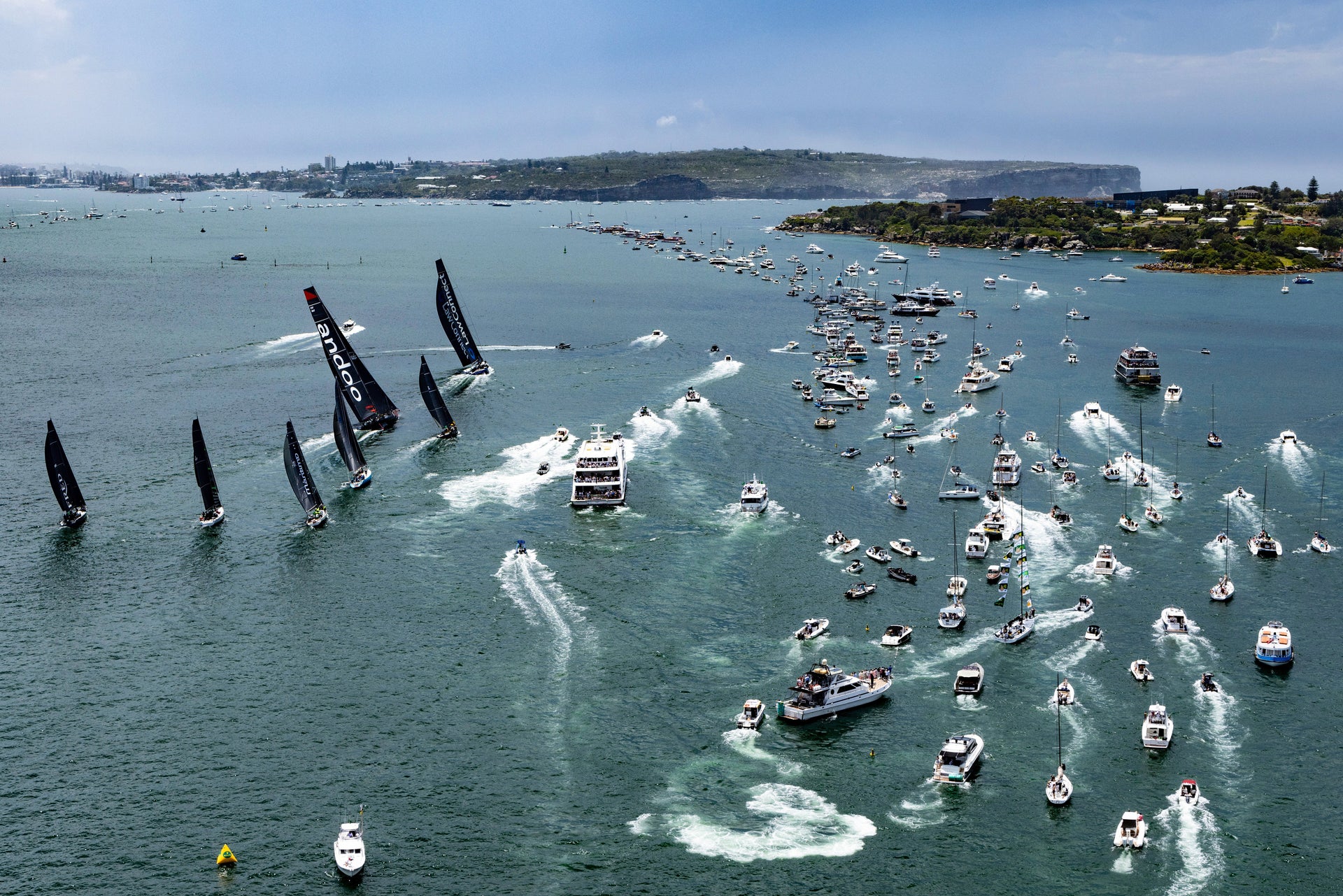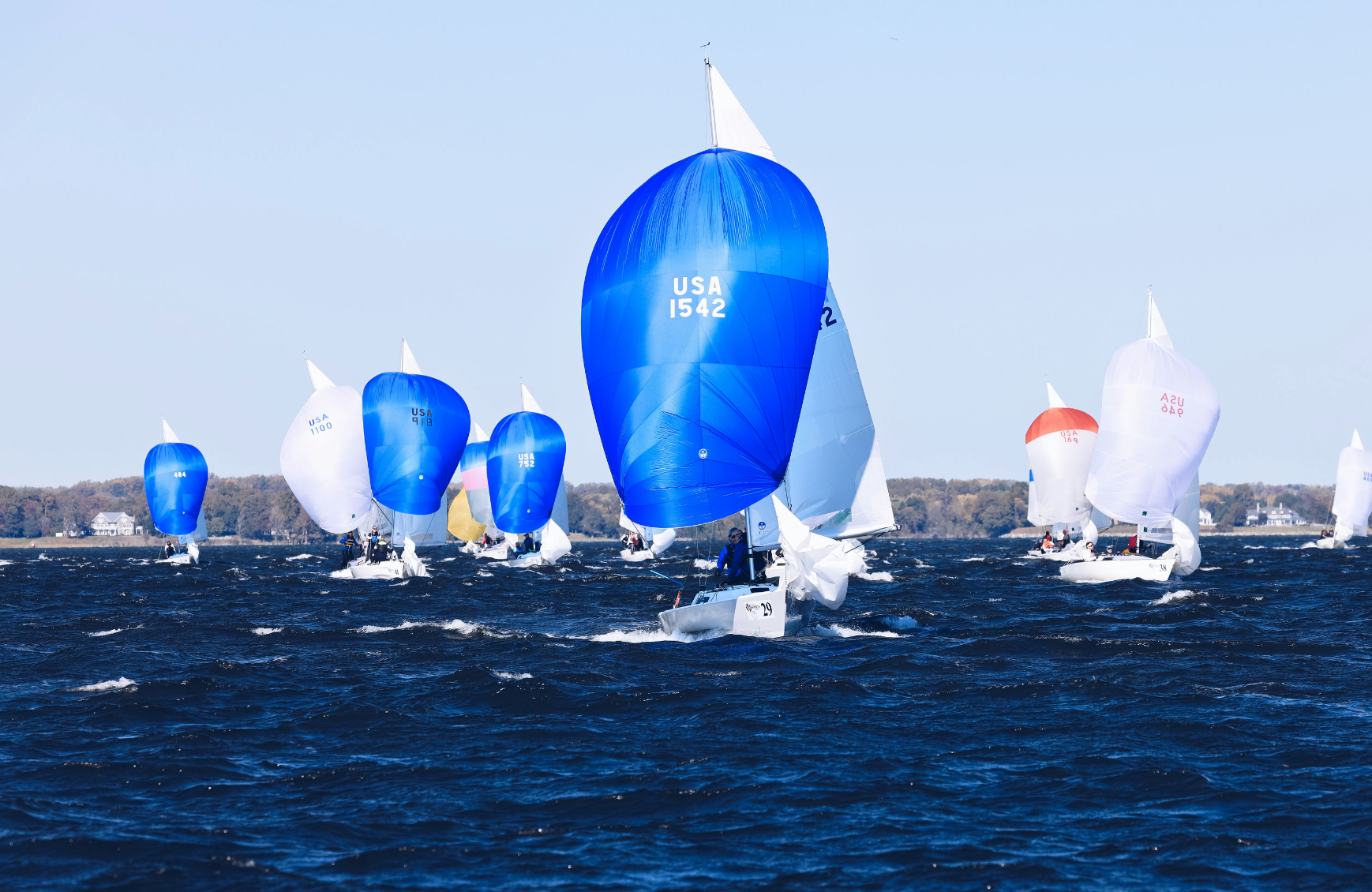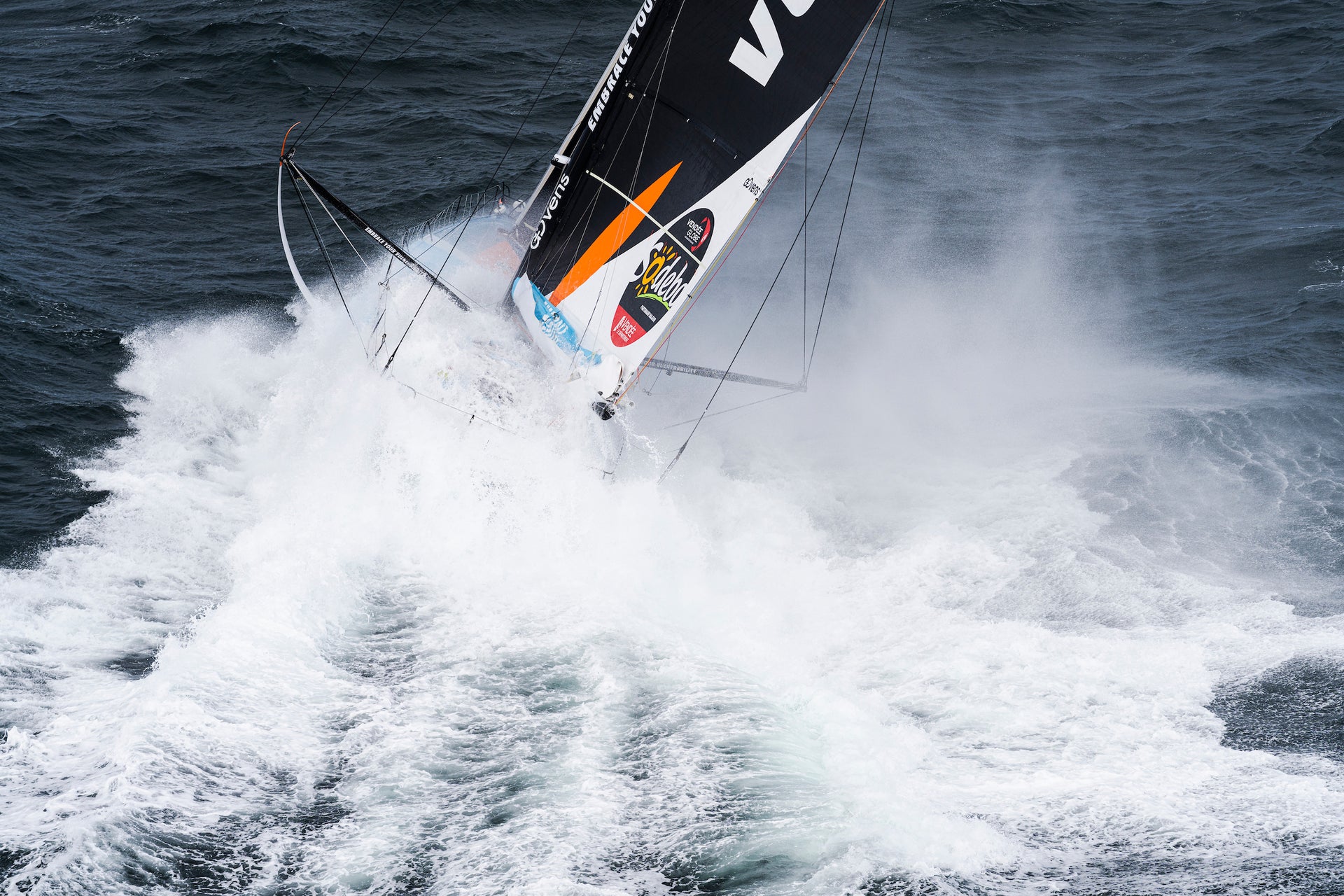NAVIGATING THE SYDNEY-HOBART
NAVIGATING SYDNEY-HOBART
Australian Summers Make For The Ultimate Offshore Experience

The Rolex Sydney-Hobart Race is one of the classic yachting events on the annual race calendar, arguably the most famous and difficult race taking place in the Southern Hemisphere. Its reputation is well deserved, giving all who enter it numerous challenges – not only in the level of competition the race draws, but also with many hurdles brought by Mother Nature. These environmental challenges take the form of fast changing and often strong winds, squalls, complex ocean currents, and potential for extremely rough, boat-breaking sea conditions. All that on top of what is often a more than 20 degree Celsius drop in air temperature from balmy Sydney to cool Hobart.

Navigators of the race watch typical wind patterns of the Australian summer: a semi-permanent high pressure to the east over the Tasman Sea, and another over the Great Australian Bight west of Tasmania. Air flows anti-clockwise around these high pressure systems, which means there is a tendency for northerly winds off the Sydney coast and southerly winds west of Tasmania.

Between these two high pressure areas there is normally an extension of the thermal low pressure from the hot interior of Australia, extending into NSW and pointing toward the Bass Strait.

The patterns described above represents the average – that is, what you get if you average the weather maps over a long period of time in the Australian warm season. However, the actual weather on any given day is the result of modulations on the average pattern and disturbances (weather systems) embedded within the larger scale.
SOUTHERN OCEAN CHILL
One such important and common disturbance involves the northward intrusion of cold air out of the Southern Ocean. When cold air pushes north toward Tasmania, the Bass Strait, and southeastern Australia, some very abrupt and severe changes can result. Ahead of the cold fronts which mark the leading edge of a cold push, winds typically build from the north along the coast. Sometimes thunderstorms can develop over the hot interior of NSW and move east into the course from Sydney and south to Green Cape. Such storms have generated spectacular waterspouts on the course – an encounter with which is not only memorable, but potentially very dangerous.
“Being ready to weather strong upwind sailing and very rough seas in the wake of a S’ly change are a must for any crew and boat taking on this race.”
As a cold front moves north and east across the race route, fast running conditions down the coast abruptly change to hard, very rough, upwind conditions. Not to mention the fact that squalls and much cooler air make sailing more difficult. These post-change encounters are a make or break point for some teams. Being ready to weather strong upwind sailing and very rough seas in the wake of a S’ly change are a must for any crew and boat taking on this race.
TRICKS OFF TASMANIA
Further down the track from crossing the Bass Strait to east of Tasmania, winds are no less challenging. Large ocean swells are common crossing the strait, and Gale or Storm force winds can occur – especially in the day or two following a front. Off Tasmania, winds can run the gambit from strong to exceedingly light. One certainty of sailing off Tasmania is that the wind will change. The weather patterns there are fast moving and can behave erratically. An area of no wind can exist within hundreds of meters of gale force gusts. Understanding how conditions will change and making a correct call at the last moment can make the difference in almost any team’s race.
SURF OR SWIM
Another important factor in the strategies for this race is often the East Australian Current (EAC). The EAC is a western boundary current similar to those found on the east coasts of most continental land masses around the world (Gulf Stream off North America; Brazilian Current off South America; Agulhas Current off South Africa, and; the Kuroshio off Asia). The EAC is a generally south-flowing current off the coast, typically extending from north of Sydney to the Bass Strait and off the east coast of Tasmania. While the current is always present in one form or another, its speed and position relative to the course can vary significantly. In addition, tight swirls or eddy’s are typically present in proximity to the main current flow, and can result in areas of rotating water over ten miles wide, often delivering the opposite of what a skipper may expect.

While the current doesn’t change much on a day-to-day basis – unlike the weather – it does vary over a period of weeks. Sometimes it is close to the coast and within reach of the fleet to take advantage of its southward flow. Other times, it is further offshore, and sailing out to it can be a gamble whether or not the favorable flow will be enough to offset the extra distance necessary to get to it.
There is also a potential significant downside to being in the current – even if it is within reach. When winds are blowing from the south, very large and steep waves can develop within the EAC which can, at a minimum, slow progress or, in the worst case, be boat-breaking. Anytime there is a southerly change and strong upwind conditions in this race, sea state within the EAC is a significant factor.
The crews will be closely monitoring the weather forecasts and EAC condition in the days leading up to the race. While the forecasts can be reliable, it is often the small differences that are more difficult to predict. That will combine with the level of seamanship on-board to determine how well a team does.
“Having a fast boat and sails are of course a bonus, but being ready and able to handle whatever the weather and sea brings will make the difference.”
Chris Bedford is a well known sailing meteorologist and has advised many professional teams on inshore and offshore race routing, including the Abu Dhabi Ocean Racing 2014-2015 Volvo Ocean Race team. Read more from Chris at sailwx.com


